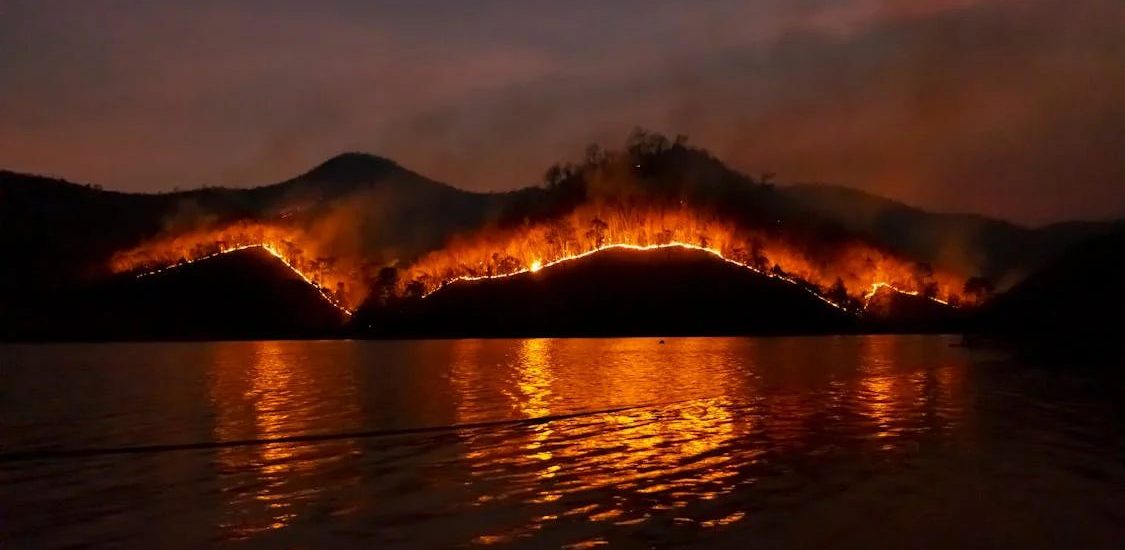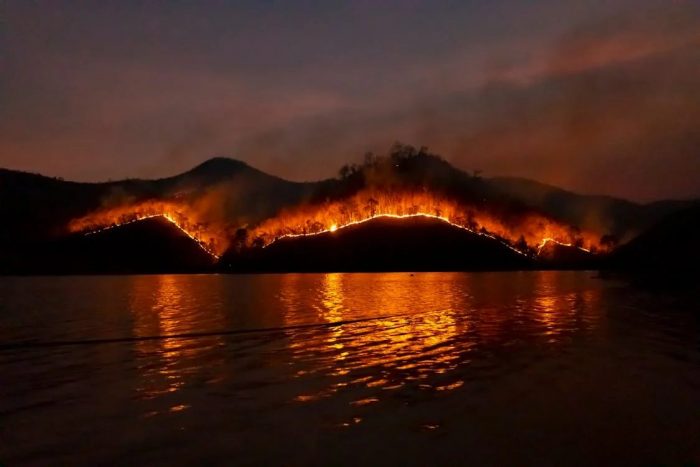



California’s wildfire seasons are becoming longer and more severe, with devastating impacts on communities, homes, and ecosystems. The combination of rising global temperatures, prolonged droughts, and increased fuel loads has created a perfect storm for these disasters to thrive. Recognizing this growing threat, the state has introduced stringent building codes to enhance fire resilience, particularly in high-risk areas where the Wildland-Urban Interface (WUI) is most vulnerable.
Chapter 705A of the California Building Code is a cornerstone of these efforts to create fire-resilient homes in California. This pivotal regulation focuses on ensuring that roofing systems, gutters, and vents—key components of any structure—are constructed using fire-resistant materials and advanced designs to significantly reduce the risk of ignition and fire spread. By addressing these critical areas, Chapter 705A not only protects individual properties but also strengthens the overall safety and resilience of entire communities in wildfire-prone regions. Understanding Chapter 705A is crucial for homeowners and builders alike.
Chapter 705A is designed to safeguard homes and lives by ensuring that critical components, such as roofs, gutters, and vents, are constructed to resist fire and ember intrusion. Wildfires are notorious for producing embers that can travel miles and ignite structures far from the fire’s source. By implementing fire-resistant designs and materials, the chapter minimizes the risk of these embers causing structural loss, even in extreme wildfire conditions.
Investing in fire-resistant materials yields significant long-term benefits. These materials are more durable and require less maintenance than conventional alternatives. Their resilience translates into fewer repairs and replacements, making them a cost-effective choice for homeowners and builders in wildfire-prone regions. Over time, this durability offsets the initial higher costs of these specialized materials.
Homes built or retrofitted to meet Chapter 705A standards often qualify for reduced insurance premiums. Insurers recognize the decreased risk of fire damage and reward homeowners with lower rates, contributing to substantial financial savings over the property’s lifetime.
Fire-resistant materials and the techniques required to install them can be more expensive than traditional options. For many homeowners, this upfront cost may seem daunting. However, when weighed against the benefits of enhanced safety, lower maintenance, and potential insurance savings, these investments prove to be worthwhile.
Access to Class A roofing materials, ember-resistant vents, and non-combustible gutters can be limited in some regions, leading to delays and increased costs. Builders must plan carefully to source compliant materials, particularly in remote or underserved areas.
Bringing existing structures up to Chapter 705A standards can be challenging. Retrofitting often involves extensive modifications, such as replacing roofing materials, installing ember-resistant vents, and upgrading gutter systems. These tasks are labor-intensive and can significantly extend project timelines and budgets.
With climate change intensifying wildfire risks, the principles enshrined in Chapter 705A are likely to serve as a model for building codes across the country and internationally. The emphasis on fire-resistant materials and construction practices highlights the growing importance of proactive fire management in residential and commercial design.
As material technology continues to evolve, new solutions are likely to emerge, making compliance easier and further enhancing safety. These advancements promise not only greater protection against wildfires but also more sustainable and efficient building practices overall.
Understanding and complying with Chapter 705A can be daunting, but you don’t have to navigate it alone. At Rick Somers, we specialize in designing and building fire-resilient homes tailored to the unique challenges of California’s wildfire-prone areas. From selecting the right materials to ensuring code compliance, our experts provide personalized guidance every step of the way.
Whether you’re upgrading an existing property or starting a new construction project, we’re here to help you create safer, smarter, and more sustainable spaces. Contact us today to learn how we can make your home a model of resilience in the face of growing wildfire threats.
One thought on “Understanding Chapter 705A of the California Building Code: Building Fire-Resilient Homes”
Comments are closed.